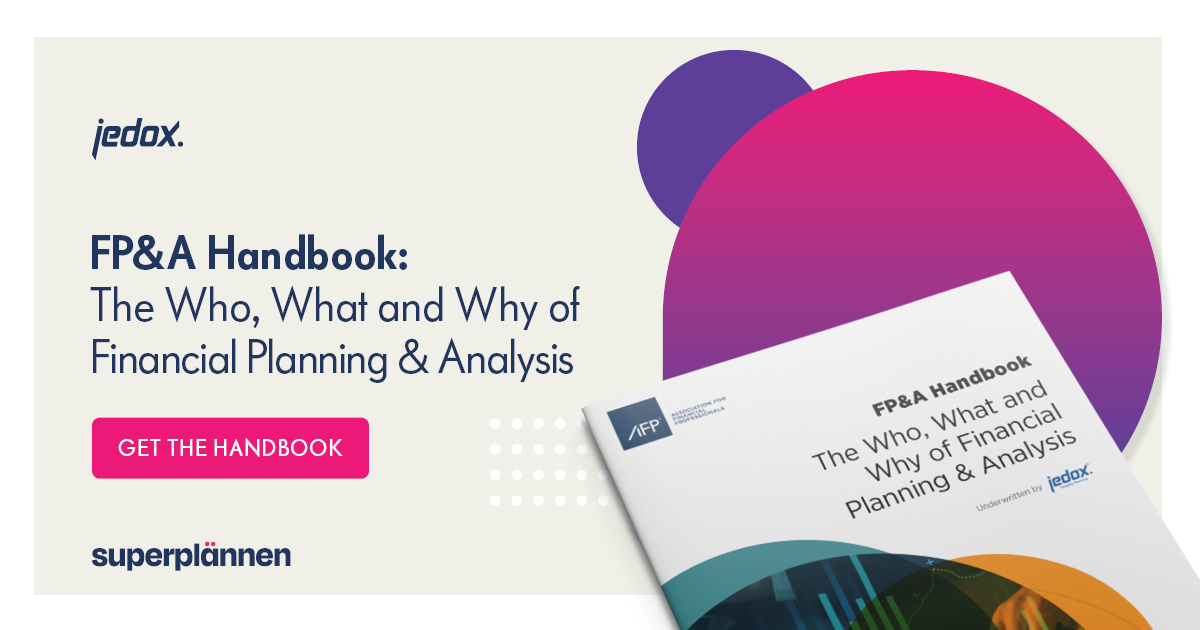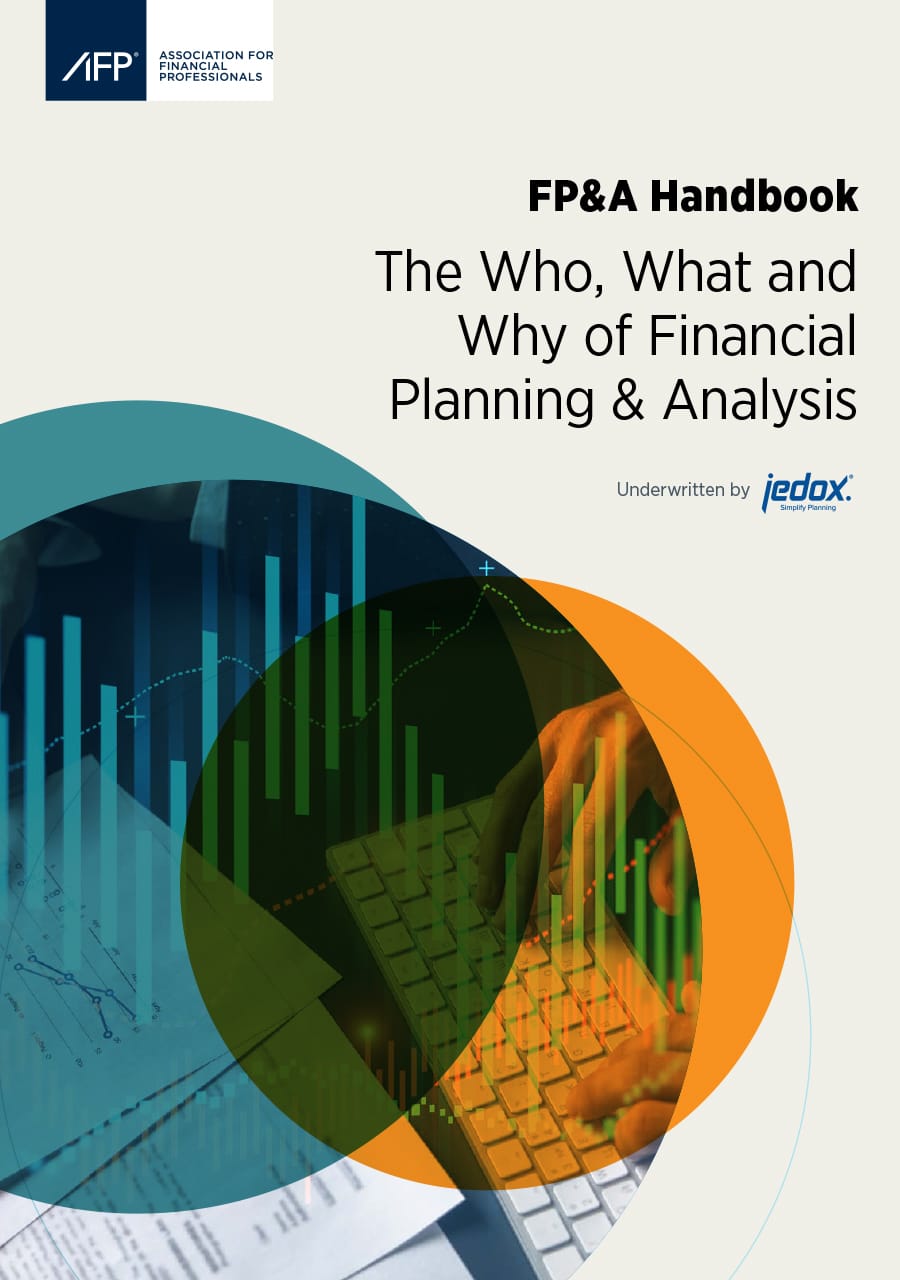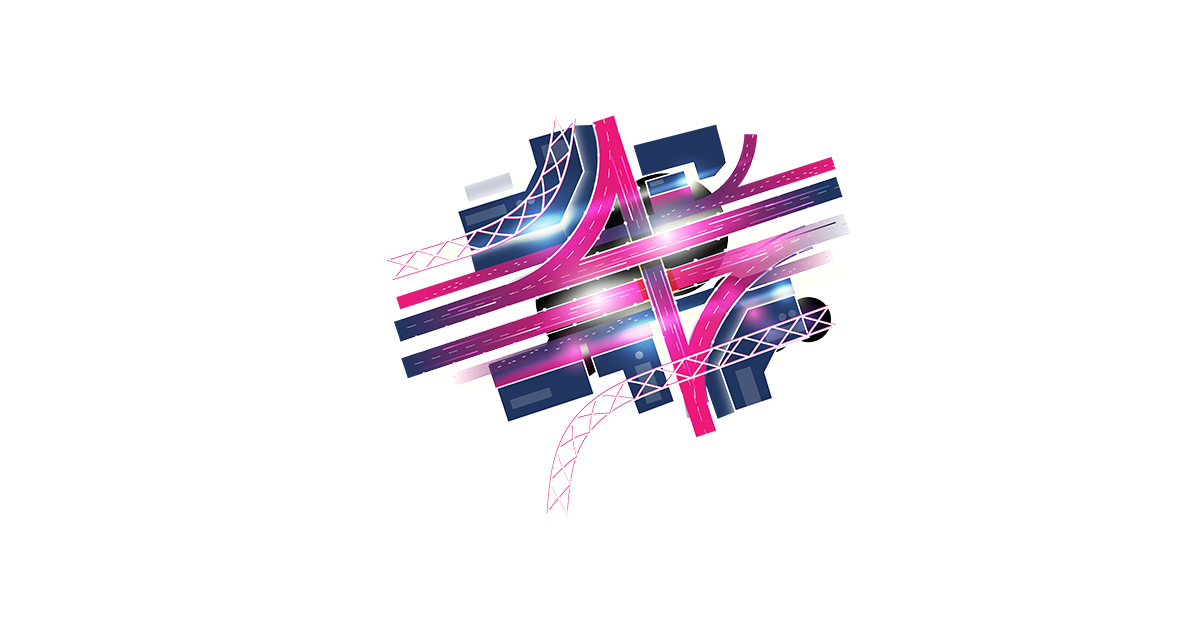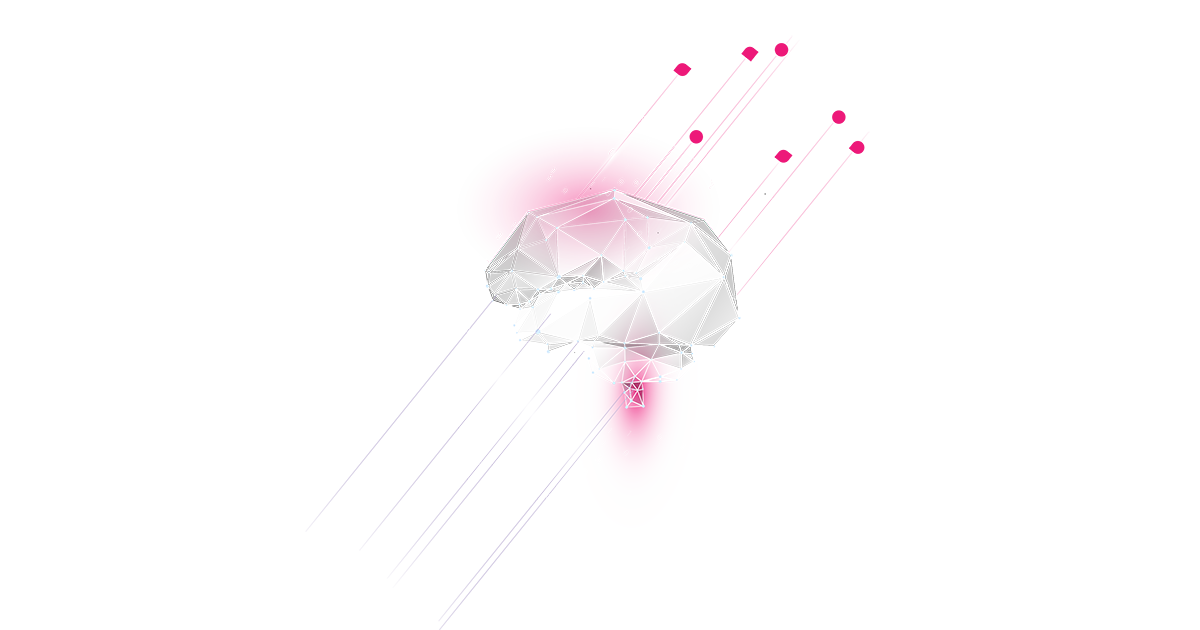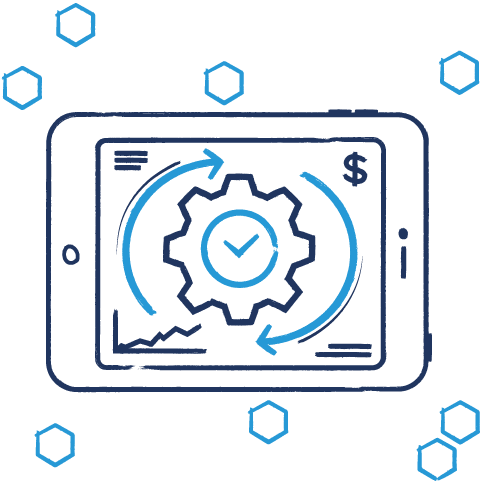
Digital transformation in finance: your EPM tech refresh
Migrate or refresh? The question of all questions when it comes to the digital transformation of your finance department. In this blog post you get the chance to explore the intersection between the planning and technology of your organization and will see how an EPM Tech Refresh that is coming with a modern solution can help you on your digital transformation journey.
The intersection of planning & technology
In volatile business environments, annual plans are very quickly overtaken by reality. Traditional financial planning is thus increasingly losing its relevance. High levels of flexibility and real-time reactions are required. However, organizations won’t be able to fully embrace the benefits of flexible, real-time planning without properly adapting to flexible new technology solutions designed to improve planning and enterprise performance management (EPM).
Traditional financial planning is no longer sufficient on its own. It is too rigid, too time-consuming and too one-sided. Instead of controlling and updating budgets, the identification of value and cost drivers and the stronger intertwinement of financial planning and operational planning are required for long term success. However, the changed, driver-based approach requires not only close collaboration between the finance department and the specialist departments, but also clean and correctly linked data and a tool suitable for management that can be used without programming knowledge.
Companies invest a lot of time and resources in their integrated business planning. The preparation of annual budgets is very time consuming. In many cases, they’re spending far more time than really necessary than if they were using modern tools. The planning process is often unstructured and therefore prone to errors. Especially when solely based on Excel since the handling of Excel tables easily gets cumbersome. The separate worlds of sales and finance usually must be manually merged from many different data sources. Planning directly in ERP systems quickly gets uncomfortable and functionally limited. Forecasts are unreliable and quickly become outdated due to rapid changes and complexity of markets.
Using new technologies and tools
To succeed in the age of Digital Transformation, companies must be able to make fast, data-based decisions. In short, agility is key. One of the most important challenges of planning in a volatile environment with rapid changes is to make better use of, understand and evaluate existing data. For this, modern planning software together with artificial intelligence-based (AI-based) predictive analytics can provide important support by evaluating historical data to derive forecasts for further development. Planning becomes much more efficient.
Modern planning solutions support the planning process with models for the individual items of the income statement (P&L) for sales and cost planning and provide tools for efficient collaboration. The specific requirements existing for individual industries are considered by the solution. Ideally, the tools of the planning software can be modeled flexibly to perfectly meet company-specific and driver-based planning needs. Markets can thus be re-segmented, market shares gained, EBIT improved, or focal points shifted.
Include everyone in the change process
An incremental and inclusive change management process is recommended for implementing a new planning approach. It’s vital to success to have buy-in from key stakeholders, departments, and employees. After all, increased collaboration between the finance department and the rest of the organization is just as essential as acceptance of the new planning approach. Finance acts as an internal consultant within the company and helps the various departments to collaborate in the planning process. The departments provide their specialist expertise for the selection of further KPIs and for the identification of value drivers.
Long term improvements with a modern solution
Change is never easy. When organizations commit to long term improvements to their planning and reporting with the latest tools of technology, it enables a greater focus on strategy. It affords the ability to be proactive instead of reacting to changes in the market and finding new ways to optimize value creation in the business.
The question you need to answer for yourself is: Migrate or refresh? An EPM technology refresh cycle can be daunting, but it is the perfect opportunity to consider what now best fits your organization. You can do nothing and continue without support, go through what can be a major migration, or refresh with a best-in-class alternative. Explore the opportunities you have regarding your company’s tech refresh in the following paragraphs.
What is a tech refresh?
It is a periodic updating or replacing essential tools to ensure your organization is getting top performance and value. Over time, organizations often find themselves with a fractured ecosystem of different IT products. They may seek to consolidate or replace when a particular tool is no longer the best fit.
It’s also not uncommon for large vendors (with a lot of power compared to individual customers) to put pressure on to move from current tools to new ones. They know that as systems age, periodically customers can begin to scan for new solutions. If they get in first with an “upgrade” (that may mean new licensing, major financial re-investment and sometimes a complete rebuild and expensive new implementation), this keeps the customer locked in for a few more years.
That’s why a tech refresh of your EPM is the opportunity to assess what best-in-class software solution is the right choice. Why? Because moving away from outdated legacy technology future-proofs your organization.
Top reasons why you should choose the best-in-class EPM solution
- Understand that costs are fully amortized over time. You have recovered your investment.
- Business needs change over time. Companies and teams change. What you needed five or ten years ago are not the same needs of today.
- New and best-in-class solutions are more flexible and more sophisticated, particularly with new innovations like AI.
Key considerations to refresh with best-in-class
Software End of Support and End of Life announcements from vendors can be a tricky issue. You could ignore warnings and use a tool until it breaks – possibly at a critical time in your planning or reporting cycle. Or you could blindly accept you have no alternatives. Instead, consider how you can move from business continuity to business optimization and best-in-class innovation. Think about people, costs, and potential disruption to operations.
- Choose Business Continuity or “Same Same” so you minimize learning curves and shorten time-to-value. People can struggle with change. Jedox provides familiar modeling concepts and continues easy access via Excel (while providing access on any device) which means faster fluency and minimizes change management issues.
- Choose Business Optimization or “Better” so that you fix unresolved business challenges. Smartly designed tools with modern functionality increases productivity, so your team can focus on higher value activities. The Jedox Model Marketplace gives you the collective expertise of a large specialist partner ecosystem to quickly solve new challenges.
- Choose Business Innovation and “future proof” your technology with vendors who are experts in their field. They don’t try to lock you into their “stack” but instead continue to invest in R&D ahead of the market. Ensure they are committed to supporting and working with a broad ecosystem of technology partners, so you have the flexibility to combine best-in-class solutions.
The advantages of choosing a best-in-class solution
1. Optimizing planning processes for your business
Creating added value for your organization by optimizing planning processes is fairly straightforward with the automation of rudimentary tasks. This benefits not only finance and controlling, but multiple functions across the business where data-driven planning is feasible. The crucial functions of Financial Planning & Analysis (FP&A) becomes much more feasible for utilizing the benefits of Extended Planning & Analysis (xP&A) with the significantly faster processes of a best-in-class EPM solution.
The “x” in xP&A refers to business functions such as sales, HR, marketing, S&OP and many more. Thus, you add value throughout the business when you select a best-in-class EPM solution that can support these functions in the long term. More efficient processes and informed decisions increase the effectiveness of day-to-day business.
2. Maintain what works: business continuity made easy
A best-in-class EPM solution should offer you the freedom to capitalize on the skills your top talent already possesses; Excel, which still dominates the global finance and FP&A industry. The solution you select should offer seamless integration with Excel spreadsheets instead of being forced to replace them completely. This allows your team to build on what works best for them and templates for easy usability across a large team are possible.
3. Solid prospects thanks to flexibility and scalability
Choosing a best-in-class EPM solution means seeking out the greatest flexibility for your organization and also scalability. The option to integrate various models through a user-friendly interface is important for long term success. Can you conveniently expand the solution as your needs change? A wide network of partners and a marketplace with diverse options are also key to being able to customize a solution to meet your unique needs.
An industry-leading, best-in-class EPM solution will be able to grow with your company and your requirements. The integration of new data as well as new users should be seamless. Selecting a cloud-based tool also ensures your solution is always up-to-date and available anywhere.
4. Predictive analytics with the latest advances in technology
Predictive forecasting is quickly taking a front row seat in the planning and budgeting processes of modern organizations. A best-in-class solution should also offer you the option to utilize the latest developments in technology such as artificial intelligence and machine learning. This enables your team to create automated forecasts and the ability to improve the accuracy of your forecasts. The more data you have at your disposal, the more accurate forecasts the algorithm can make and the more you benefit from the possibilities of machine learning.
Refresh sooner rather than later
Occasionally business leaders have to consider the IT technologies that are used within their organization and whether or not they still meet their needs and match their goals. Methods and systems are the infrastructure of business operations. Outdated and ailing platforms eventually lead to a loss of productivity and efficiency which ultimately causes the organization to lose their competitive edge and ability to optimize their value creation.
How a modern EPM solution improves productivity
There is no way around having an approach based on data for sound planning in modern business. In many companies, this is still done using Excel. Even though it is a proven tool for data-driven planning, there are some disadvantages when it is used as the sole solution. Requesting, collecting and merging spreadsheets from all relevant areas of the business does not always work smoothly and is also extremely time-consuming.
With a modern EPM software, several different data points are integrated and consolidated – including automated verification of data integrity. New data points can be added from different sources at any time, so the database is always up to date. The easy-to-use extension of planning with the forecasting function is another advantage. Employees create plans faster and can continuously adjust them according to data-driven demand analyses. The same applies to reporting.
Alarm bells: software end-of-support and end-of-life
Software not based on subscription will generally have to be completely replaced at some point. Continuous updates for new functions of the software are not provided. This leads to manufacturers publishing what are often called “End-of-Support” announcements when they release a new software. This means that no further updates will be made available in the future. This software then poses a security risk unless it is replaced or upgraded in a timely manner. The alternative is often a very expensive support package that at least guarantees further security updates for a limited period of time.
An End-of-Support announcement is therefore a signal that you should probably have replaced the existing software long ago. Additionally, with “End-of-Life” announcements, it is essentially too late for a “quick change,” because it inevitably will take time – starting with the selection process. When choosing a new solution, it is beneficial to seek a long term partner with a strategic focus on continuous functionality and security updates.
The benefits of a cloud solution
Old versions of outdated software are always lurking around. If you regularly work with a computer, you are probably very familiar with delayed updates. Besides posing a security risk, these long-forgotten updates often lead to new or improved software features that will remain unused. By choosing a modern cloud solution, you can ensure that updates are automatically delivered, improving both security and productivity. The cloud also provides extensive backup options to further increase security.
5 tips to find the right EPM solution in your tech refresh
Renewing business technologies that have slowly seen their value erode over time or become problematic ultimately means added value for your organization. This, of course, is when circumstances are ideal. No matter the circumstance, there are important factors to consider to ensure a successful tech refresh process when your organization is selecting an EPM software. Let’s take a look at a few tips on how to ensure success:
1. Focus on optimizing value creation
The goal of tech refresh is clear. Optimize opportunities to create value across your organization. Two key questions lead the way in this process:
- Which technology will be the right fit?
- How does your organization want to operate in the future?
Before embarking on a tech refresh process for your organization, both of these questions require careful consideration. Don’t let a current provider rush you into “upgrading” an outdated, inflexible solution with a new, longer contract period.
2. Business continuity
Keep the flow of day-to-day business free of disruptions. Disruption can occur when an outdated system is used that does not meet changing requirements of the market or new demands of a growing organization. They can also occur during a tech refresh. Employees need time to get familiar with new solutions, data must be migrated and so on. To minimize disruptions, your organization needs to seek an EPM solution built for quick implementation and based on skillsets that are standard for your industry. Microsoft Excel is one example.
3. Continuous business optimization
Ideally, the result of a tech refresh is the optimization of business processes. A best-in-class EPM solution can improve processes of planning, analysis and forecasting. By making these processes much simpler to design and implement, top talent is then freed up to be able to focus more on strategy and optimizing value creation across the business.
4. Choose a future-proof technology
Make sure your new provider is an expert in their field and not simply offering “add on” services when their specialization is elsewhere. Investments in R&D and their own extensive support and broad partner network are solid indicators that you’re selecting a future-proof technology. Especially if the solution provider gives their partners the opportunity to contribute their own unique industry expertise in the form of models and best practices. With this structure, the opportunities are nearly limitless. To ensure that your new solution does not end up needing to be renewed or changed in either the short and medium term, your organization also must consider flexibility, scalability and simple, intuitive usability.
5. Standardization vs. customization
Standardized environments are important to create comparability and streamline processes. At the same time, it is essential for the success of your business to be able to respond to individual requirements. With an open EPM solution, you enjoy the benefit of being able to customize it to fit your needs. Ideally, you have best-practice models available for this purpose, which can be easily adapted.

